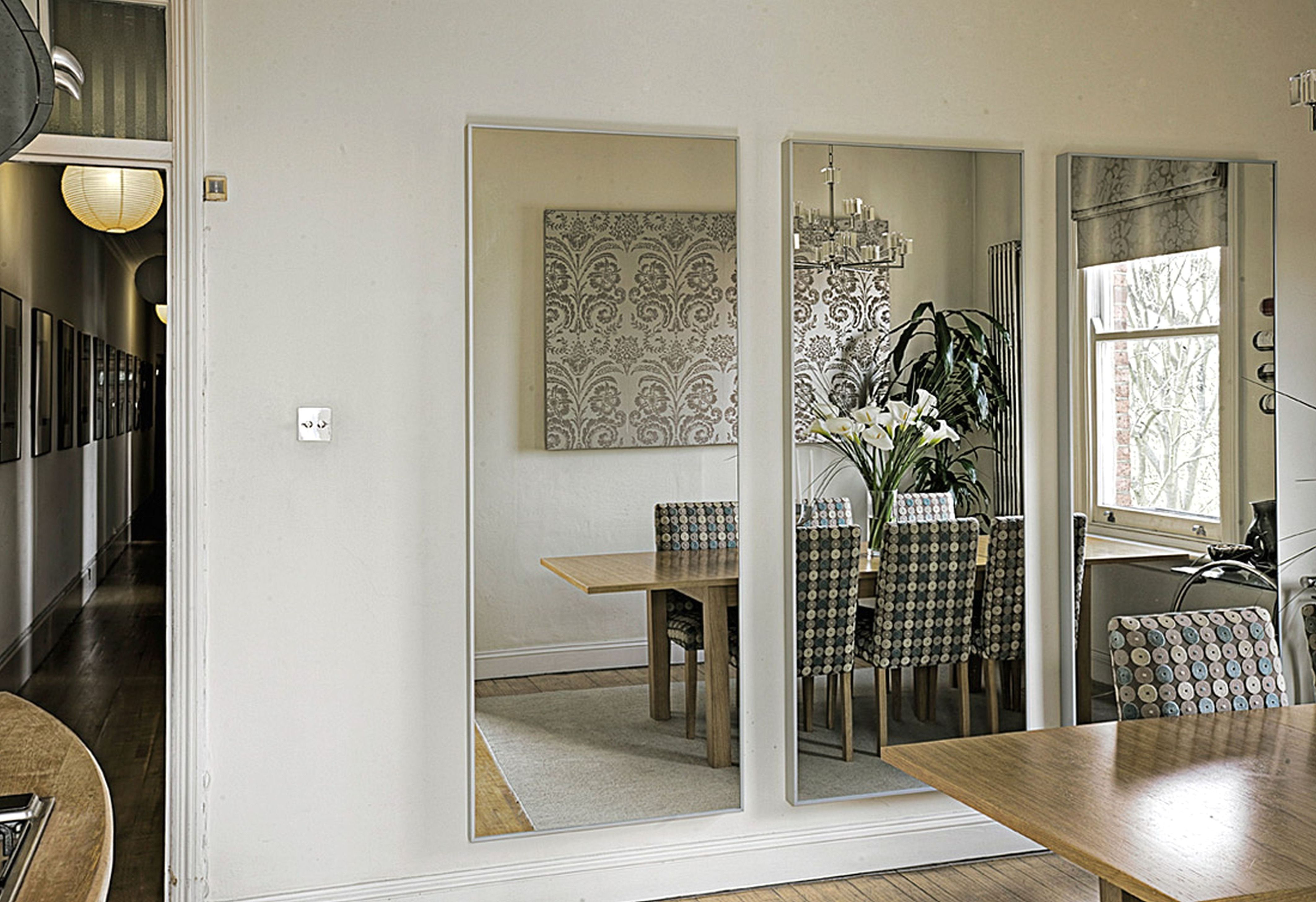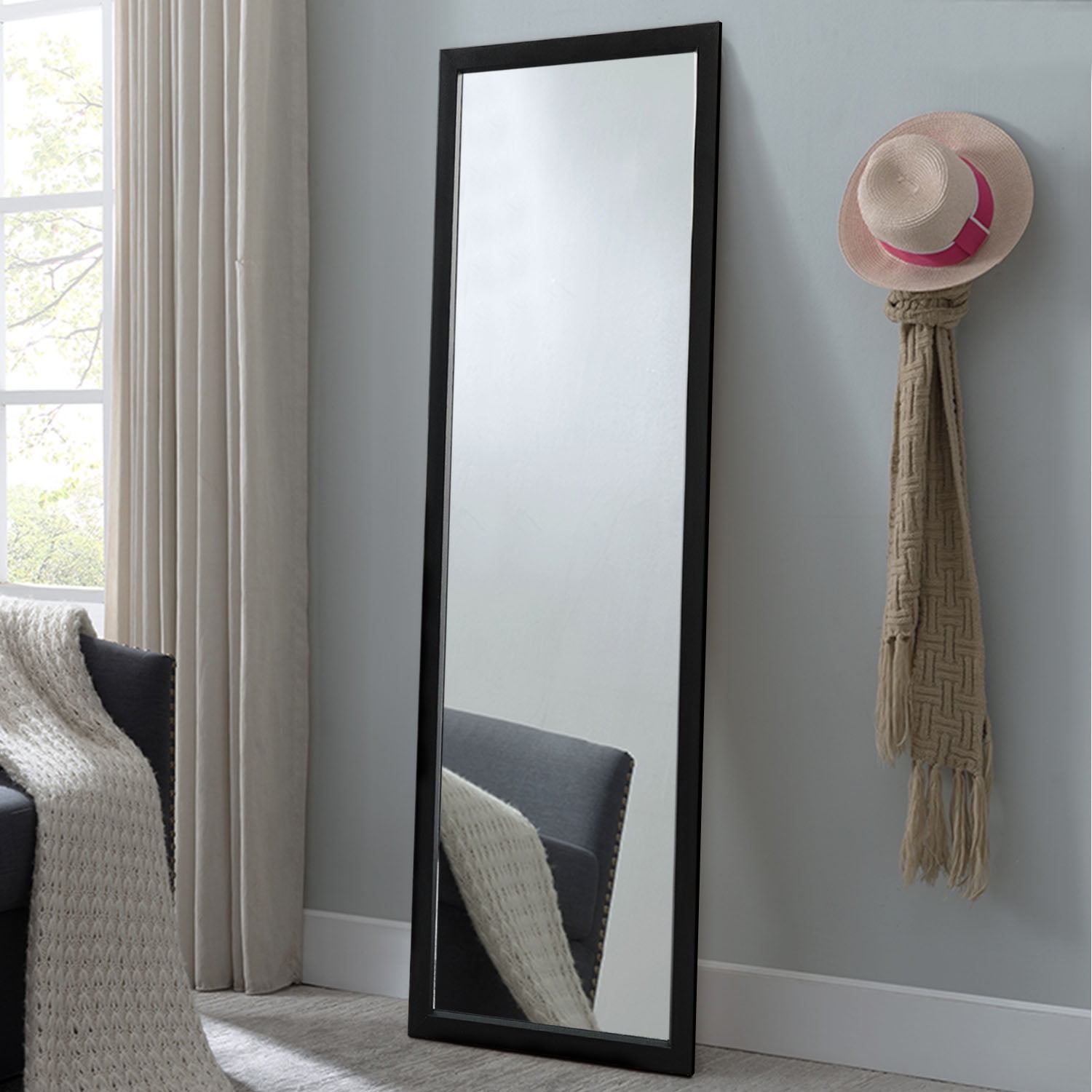Room Mirror Interior Design

Room mirrors are versatile and essential elements in interior design, offering both functional and aesthetic benefits. They can enhance the perception of space, reflect natural light, and add a touch of sophistication to any room.
A room mirror is a great way to add depth and dimension to any space. Whether you’re looking for a classic or modern style, there’s a room mirror out there to suit your taste. If you’re looking for something a little more unique, consider adding modern farmhouse wall decor to your space.
This style is characterized by its use of natural materials and rustic finishes, and it can add a touch of warmth and charm to any room. Room mirrors are also a great way to reflect light and make a space feel larger, so they’re perfect for small spaces or rooms with limited natural light.
Choosing the Right Room Mirror
Selecting the right room mirror involves considering its size, shape, and style to complement the existing décor and enhance the space’s functionality.
A room mirror is an essential element in any home, reflecting light and creating the illusion of space. Whether you’re looking for a statement piece or a subtle addition, a mirror can instantly transform a room. If you’re aiming for a touch of femininity, consider incorporating pink room decor elements.
A blush-colored mirror with intricate detailing can add a touch of elegance, while a whimsical mirror with a heart-shaped frame can create a playful ambiance. No matter your style, a well-chosen room mirror can elevate the aesthetic of any space.
- Size: The size of the mirror should be proportionate to the room’s dimensions. A large mirror in a small room can overwhelm the space, while a small mirror in a large room can appear insignificant.
- Shape: The shape of the mirror can influence the overall ambiance of the room. Round mirrors create a softer, more inviting atmosphere, while rectangular mirrors offer a clean, modern look.
- Style: The style of the mirror should complement the existing décor. For traditional interiors, an ornate frame with intricate details might be suitable, while a minimalist frame or no frame at all can enhance contemporary spaces.
Room Mirror Types and Features

Mirrors play a crucial role in interior design, not only for their functionality but also for their aesthetic appeal. They can make a room appear larger, brighter, and more stylish. There are various types of room mirrors available, each with its own unique features and benefits.
Types of Room Mirrors
- Full-length mirrors are large mirrors that extend from the floor to the ceiling. They provide a full-body view, making them ideal for getting dressed, checking your outfit, or simply admiring yourself.
- Vanity mirrors are smaller mirrors that are typically placed on a dressing table or vanity. They are often used for applying makeup, styling hair, or performing other grooming tasks. Vanity mirrors may have built-in lighting or magnifying features for better visibility.
- Wall mirrors are mirrors that are mounted on a wall. They come in various shapes and sizes and can be used to decorate a room, reflect light, or create an illusion of space.
Materials, Finishes, and Hardware
Room mirrors are constructed from a variety of materials, including glass, acrylic, and metal. Glass mirrors are the most common and provide a clear and undistorted reflection. Acrylic mirrors are lighter and more shatter-resistant than glass mirrors, making them a good choice for areas with high traffic or where safety is a concern.
The finish of a room mirror can also vary. Some mirrors have a plain, unadorned finish, while others may have a decorative frame or etching. The hardware used to mount a mirror can also be decorative, such as ornate brackets or chains.
Room Mirror Placement and Arrangement

Mirrors are not only functional pieces but also powerful design tools that can transform the look and feel of a room. By carefully placing and arranging mirrors, you can maximize light, create the illusion of space, and draw attention to specific areas of a room. Here are some tips on how to place and arrange room mirrors effectively:
Maximizing Light and Space
Mirrors reflect light, making a room appear brighter and more spacious. To maximize the impact, place mirrors opposite windows or other light sources. This will reflect the light throughout the room, creating a more inviting and airy atmosphere. Additionally, placing mirrors on walls perpendicular to windows can help to distribute light more evenly, reducing shadows and creating a more balanced look.
Different Ways to Arrange Mirrors, Room mirror
There are several ways to arrange mirrors in a room. You can hang them on walls, lean them against walls or furniture, or group them together to create a focal point. Hanging mirrors is a classic and versatile option that allows you to adjust the height and angle of the mirror to suit your needs. Leaning mirrors against walls or furniture can add a more casual and relaxed feel to a room. Grouping mirrors together can create a dramatic statement and draw attention to a specific area of the room.
Creating Focal Points and Enhancing Specific Areas
Mirrors can be used to create focal points or enhance specific areas of a room. For example, placing a large mirror above a fireplace or behind a sofa can create a dramatic focal point that draws the eye. Mirrors can also be used to reflect specific objects or areas of a room, such as a beautiful piece of furniture or a scenic view. By carefully placing mirrors, you can highlight the best features of a room and create a more visually appealing space.